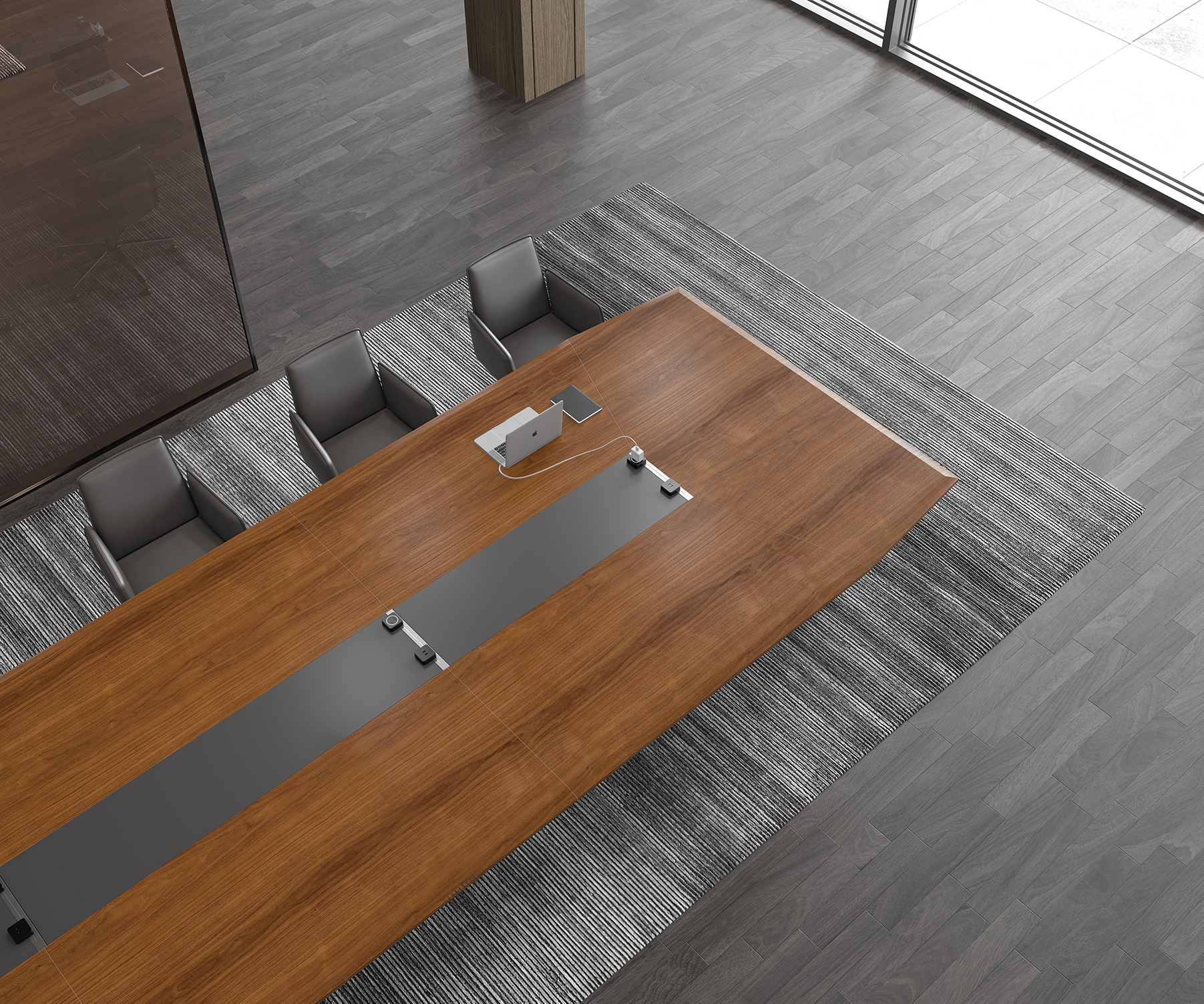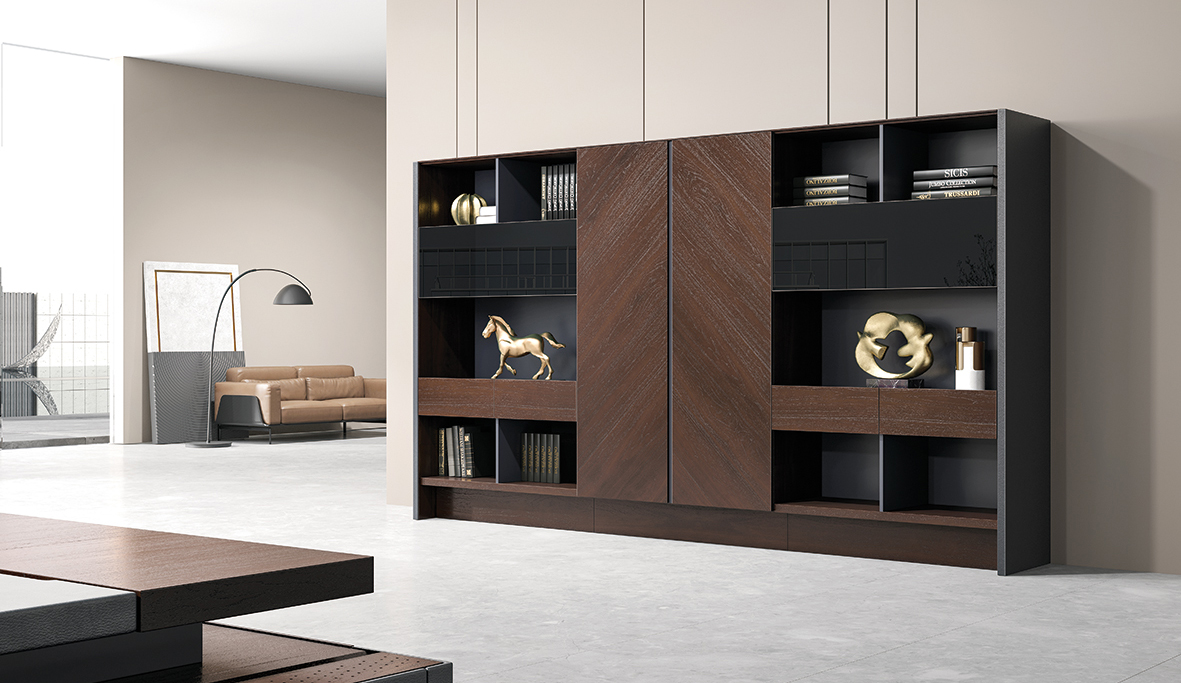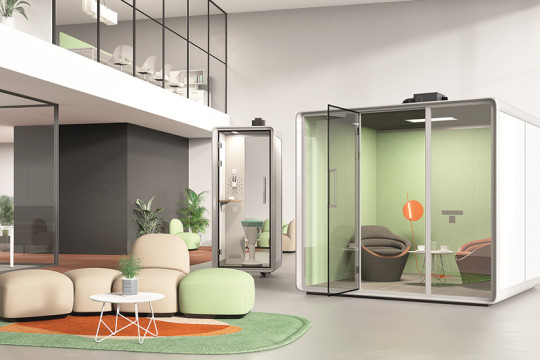Are You a Solid Wood Snob
All of us know someone who rhapsodizes about the beauty! the craftmanship! the quality! of solid wood furniture. It’s all natural! It’s made to last generations! Look at that patina! You can buff scratches and dings right out!
The implication is that wood veneer is the obviously inferior choice, chosen out of cheapness or ignorance. But the truth is, veneer can be more design-friendly and durable than solid wood, and the better choice for certain applications.

What veneer is not
First, don’t confuse veneer with wood-grain laminate, plastic or paper, or with wood products like plywood or MDF. Some quick definitions:
- - Particleboard (aka chipboard or LDF [low-density fiberboard]: Made from sawdust and glue. Has a rough finish. Lightweight and cheap, but also weak and cannot be bent or shaped. Typically used as a core material in cheap furniture.
- - Fiberboard (aka, MDF, or medium-density fiberboard): Made from ground-up wood fibers pressed back into sheets. Stronger than particleboard and has a smooth finish. Often used in cheap furniture as an overlay glued to a particleboard core.
- - Plywood: Made of thin layers of wood glued together, with each layer turned perpendicular to increase the board’s strength. Stronger and less susceptible to moisture than LDF or MDF.
Beware the term “engineered wood.” This is a generic term for anything not solid wood. Any manufacturer who uses this term should be willing to specify exactly what kind of engineered wood their products are made from – particleboard, fiberboard or plywood – and what strength.
What veneer is
Think of veneer almost like a decorative technique rather than a type of material. Veneer is a paper-thin slice of natural wood overlaid onto a core material (usually plywood or fiberboard). It’s an ancient technique, dating back thousands of years to the Egyptians. It can be used selectively for decorative inlays or for whole pieces like tables and desks.

Why not just use wood?
Makers of high-end furniture (and cabinets, flooring, etc.) will often choose veneer over solid wood for three key reasons:
- - Durability
- - Flexibility
- - Aesthetics
Solid wood is notoriously susceptible to environmental changes. It expands and contracts as temperatures and moisture levels shift, and it can require special care and maintenance. This can be a problem in office environments. Will the furniture be placed by an HVAC vent or a window? Will someone ensure cleaning staff only uses wood-friendly cleaners? If not, solid wood may be a poor choice.
High-quality wood veneer furniture is less susceptible to climate, especially with the right finish. It also offers a flexibility that designers love. There’s a reason some of the most iconic furniture is made from veneer; it can be shaped in ways that solid wood simply cannot. And mixing and matching veneer slices from different woods or with contrasting grains can make a stunning design statement.
And yes, veneer can often make a piece more affordable. Plus, super rare woods such as bocote or Brazilian rosewood are so expensive that almost no one could afford furniture made entirely from them. But a table with a Brazilian rosewood veneer is attainable.
Which is more sustainable?
Surprisingly, veneer can be a more environmentally friendly choice than solid wood. That’s because slicing a log into thin sheets maximizes its use, with less waste than making a product from solid wood.

With any wood product, natural or engineered, look for manufacturers certified by the Forest Stewardship Council – meaning they source from forests that are responsibly managed, socially beneficial, environmentally conscious, and economically viable.
Gauging veneer furniture quality
Ultimately, a furniture’s quality comes down to three factors:
- - What’s the core material?
- - What’s the finish?
- - How well is the product made?
Cheap veneer glued to LDF, made poorly, won’t last. But well-made veneer over a quality core material can be a gorgeous, durable choice. As one commenter said on a Houzz thread: “Neither solid wood nor veneered furniture are better. Badly made furniture is bad, and well-crafted furniture is good.”


